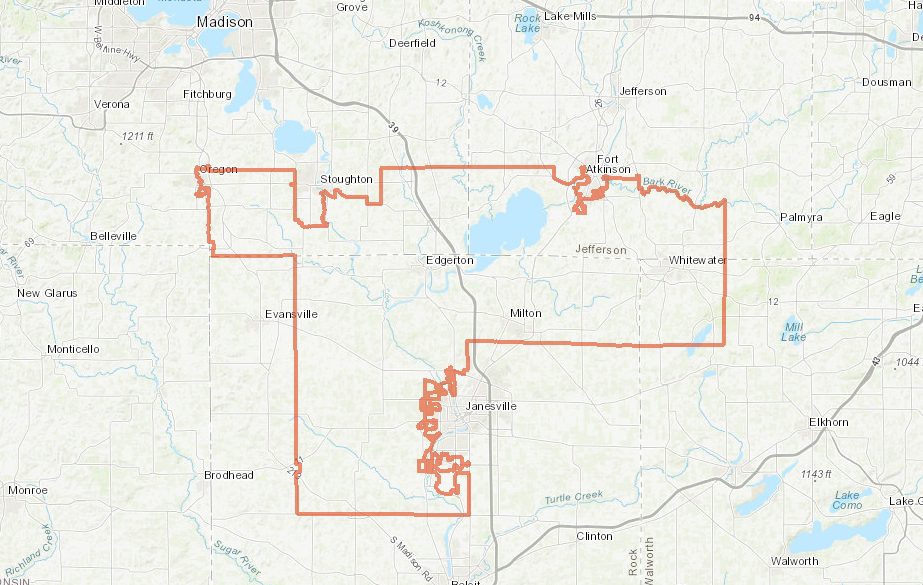By State Rep. Don Vruwink
As I drive across my Assembly District, I see “Now Hiring” signs everywhere. My district includes the communities of Milton, Whitewater, Edgerton, Village of Footville, Village of Oregon, and many townships in between.
On many storefronts, I see offers of signing bonuses for workers who are willing to stay on for a designated time.
These are the signs of the times. Businesses are offering signing bonuses to truck drivers, warehouse workers, convenience store workers, and other potential employees. Some offer the incentive of college tuition.
The common thread that runs through my district and across the nation is the imbalance between the need for workers and their availability.
Despite a surging economy, which has surpassed the pre-covid level in terms of gross domestic product, companies in just about every industry are desperate to hire workers to keep up with demand. But the number of people available to work is way down. America has about three million fewer workers now than on the eve of the pandemic, a 2% contraction in the labor force.
Even before the pandemic, employers saw a shortage of qualified workers. Experts say the primary issue has shifted from a “skills gap,” where employers struggle to find enough employees with the training needed to perform the job, to a “people gap,” in which there simply aren’t enough people to fill open positions.
Part of the problem is a lower birth rate. Wisconsin’s population growth of 3.6% from 2010 to 2020 is less than the national average of 7.4%. Twenty-one of our 72 counties had population declines.
When I was born in 1952, Wisconsin’s birth rate was 25 babies born per 1,000 population. Today it is 12 per 1,000 population. The Baby Boomers – those of us born between 1946 and 1964 – are now retiring in record numbers for a variety of reasons. A surge in property prices and stocks have many people who are on the cusp of retirement with ample savings feeling less of a need to punch the clock.
The more troubling explanation of Baby Boomer early retirement is that older people have been hit harder by covid and ill health. The threat of covid has deterred some people from continuing to work. If Americans aged 55 and up continued to work at their pre-pandemic level, the country would have an additional two million workers today.
A decline in legal immigration has compounded the workforce shortage. For all the attention paid to illegal border crossings from Mexico, the bigger story is the decline in work visas issued to immigrants. There are about 2 million fewer working-age immigrants now than before covid. Roughly half of these immigrants have college degrees, so their absence hurts high-skill and low-skill industries alike.
In 2021, industries where foreign workers made up 10% of employees had a 3% higher rate of unfilled jobs. Easing the backlog in America’s visa system would help reduce the worker shortage.
All across America, companies are addressing the workforce shortage with attractive job offers. Companies are offering incentives including paying workers to improve their skills; tuition reimbursement; cash bonuses; and discounted stock purchases. A study by the University of Michigan shows college-educated workers are prioritizing work passion over financial security, forcing companies to re-assess what they offer their employers.
As we all know, immigration is a sticky issue politically, but it does not have to be that way. Congress should be smart enough to find ways to allow more foreign citizens to come to the United State legally. I hope.
State Rep. Don Vruwink represents parts of Rock, Walworth, Jefferson, and Dane counties, which include the communities of Whitewater, Milton, Edgerton, Footville, part of the Village of Oregon, and 15 surrounding townships. He can be reached at 608-266-3790, Rep.Vruwink@legis.wisconsin.gov, and P.O. Box 8953, Madison WI 53708.


Don Vruwink is the State Rep. of Wisconsin Assembly District 43. The above map outlines the district. A closer view can be found here: https://maps.legis.wisconsin.gov/?asm=43&single=y.
This post has already been read 2323 times!
